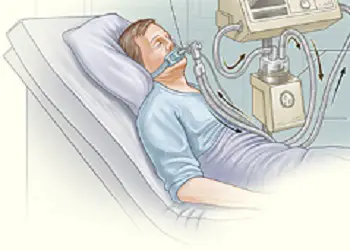Rigidity & Physiotherapy Treatment
What is a Rigidity? It can be present in Definition of Rigidity Types of Rigidity It may be characterized as either “lead pipe” or “cogwheel.” Related Anatomy The term “basal ganglia” describes a collection of subcortical nuclei that play a variety of tasks in the brain, including motor learning, emotions, executive processes and behaviors, and…










